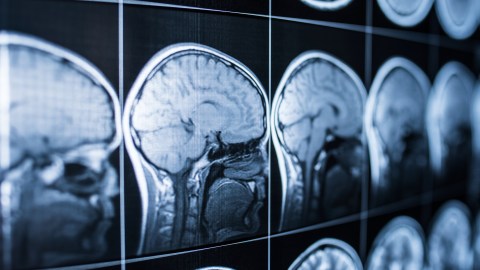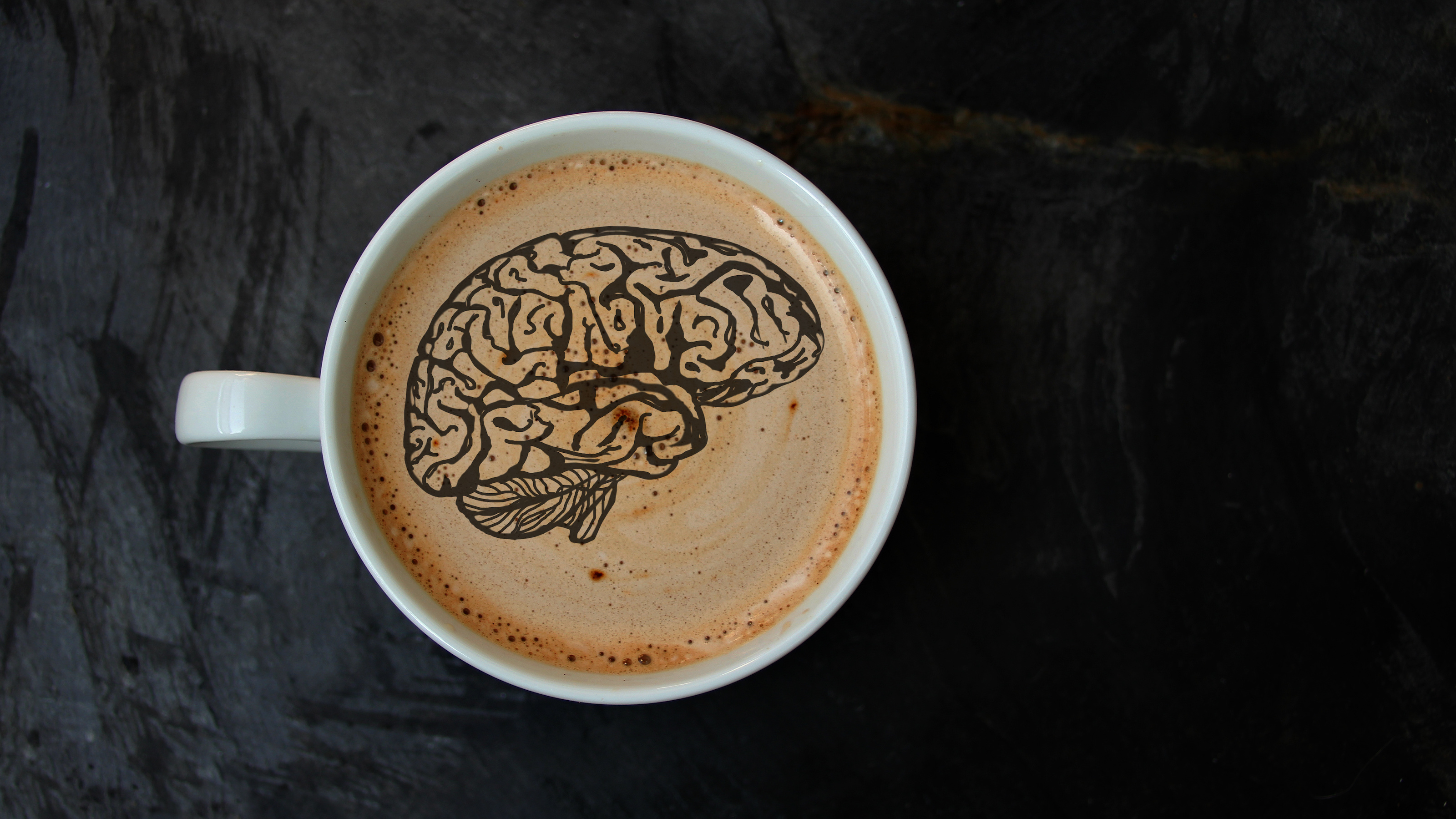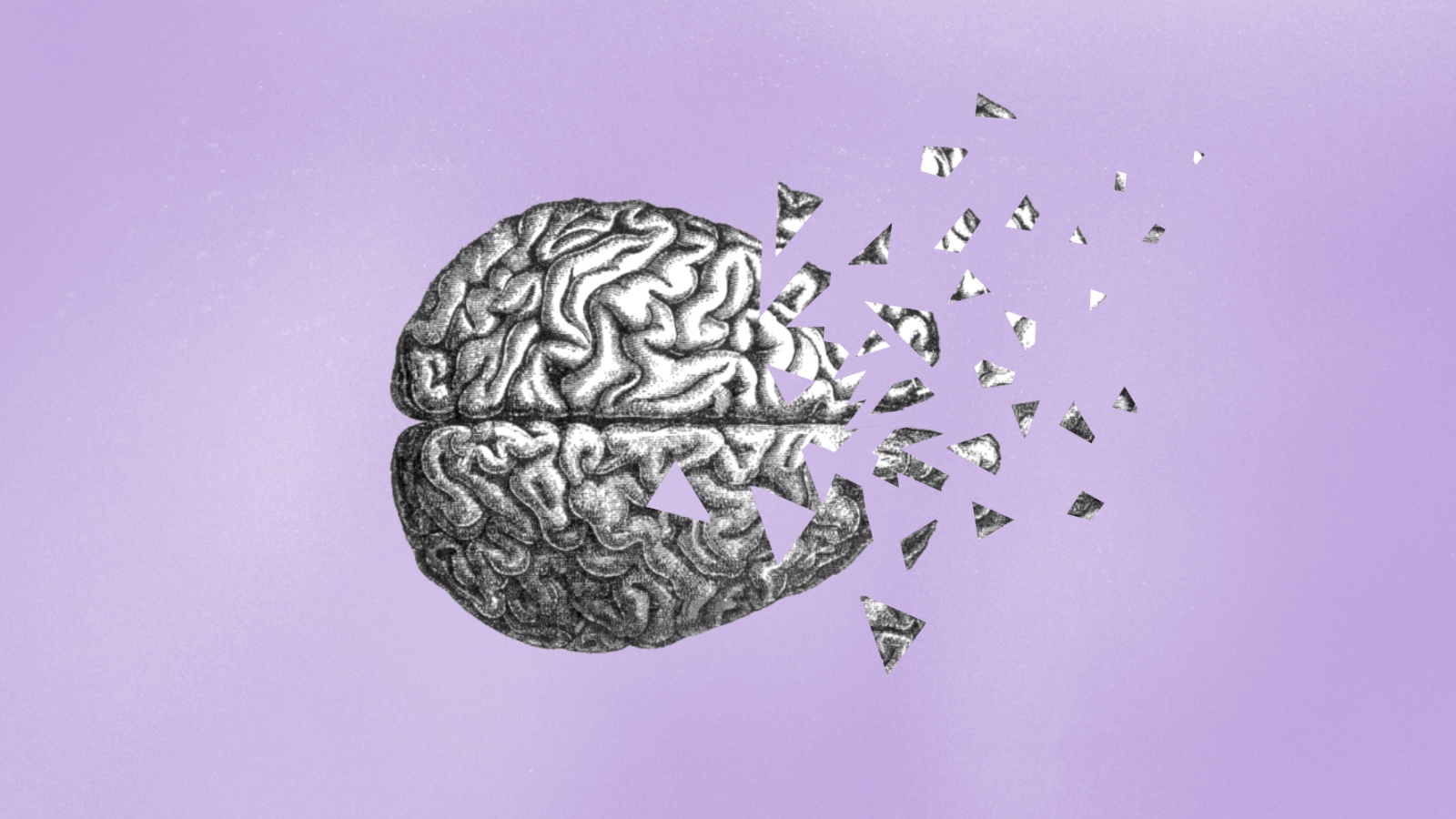Neurolaw: A brain scan test for trademark infringement

- The use of neuroscientific data as evidence in legal cases is increasing.
- Researchers have now developed a brain scan test for trademark infringement.
- The test could be used alongside existing methods to inform such cases.
In 2003, neurologists at the University of Virginia reported what has become the best-known case study in the emerging field of neurolaw: that of a patient who developed a frontal lobe tumor that caused pedophilic behavior. Since then, brain scans and other neuroscientific evidence have been used increasingly to sway juries toward one verdict or another. But in many cases, its use is less clear-cut and more controversial.
For example, although brain scans cannot unequivocally determine if a defendant has schizophrenia or psychopathy, their submission as evidence can be mitigating or aggravating, depending on the case. Similarly, several private companies offer brain-scan based lie detection tests, whose submission as evidence leads to more guilty verdicts than the traditional polygraph lie detector test, even though they are no more reliable.
The latest development in neurolaw applies brain scanning technology to intellectual property law, which protects and enforces the rights of writers, musicians, inventors, and other creative works with copyright, trademarks, and patents.
In one recent, widely publicized case, Marvin Gaye’s family alleged that Robin Thicke and Pharell Williams had plagiarized the legendary soul musician’s “Got To Give It Up” in their 2013 track “Blurred Lines.” The jury found Thicke and Williams liable for copyright infringement, and the presiding judge ordered them to pay Gaye’s family $5 million in damages.
In such cases, the test for infringement is whether a “reasonable person” perceives the two works to be substantially similar, as measured by surveys. But the “reasonable person” is a hypothetical one; the test for infringement is vague and susceptible to the cognitive biases of the judge and jurors.
The science of neurolaw
Now, in the journal ScienceAdvances, researchers at the University of California-Berkeley now describe a “neuroscientifically informed ‘reasonable person’ test of trademark infringement.”
To simulate real legal cases, Zhiihao Zhang and his team created images of products that varied in their similarity to two popular consumer items: the detergent OxiClean and Reese’s Peanut Butter Cups candy, the latter of which was party to a 2014 lawsuit to prevent the import of Toffee Crisp from Britain on grounds of infringement.
The researchers gave 870 participants a set of surveys designed to assess infringement, which were written in the format and language of real copyright lawsuits, but were designed to favor the plaintiff or the defendant with terms such as ”copycats” or “trademark bullies.” Sure enough, the language used in the surveys biased participants’ perceptions of the fictitious products, with participants who completed the “pro-plaintiff” survey scoring the products as being far higher in similarity to the reference products than those who completed the “pro-defendant” survey.
Zhang and his colleagues also developed a neural index of the products’ visual similarity to one another, based on a phenomenon known as repetition suppression, whereby responses in the visual cortex quickly decrease upon repeated presentation of the same image. Brain scans performed on 26 of the participants thus provided an objective read-out measure of the extent of the similarity between pairs of products. This brain-based similarity index was independent of, and thus revealed, the biases introduced in the surveys.
In future, the hope is that a brain scan could reveal just how similar two products appear to be based on the human brain’s response to them. Nevertheless, the authors point out that brain scans alone cannot determine if one product is “too similar” to another. Rather, they should serve as the basis for a practical test of similarity, alongside other evidence and input from legal practitioners.





